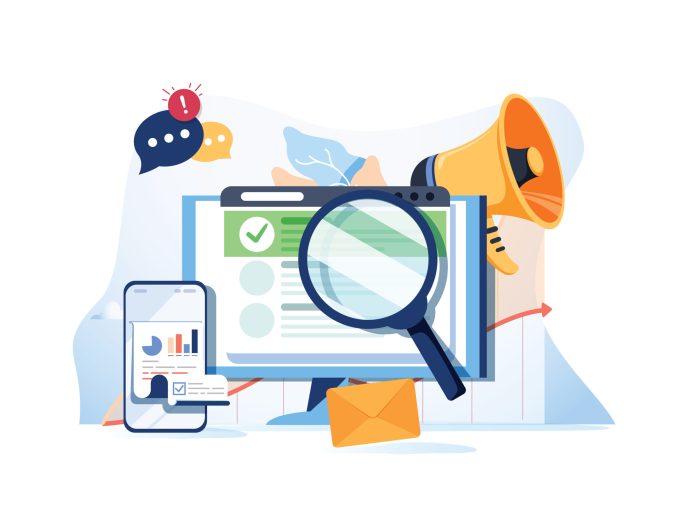
Benefits of Using B2B Intent Data
While the most well-known feature of intent data marketing is the ability to acquire juicy insights on which companies are looking for the solutions you offer, this data-driven methodology has other uses as well.
When combined with data segmentation processes, which involve analyzing and scoring account-related data based on a variety of factors, marketing intent data methods can help new business development teams take steps like:
1. Boosts Prospecting
The process of identifying potential buyers in the early phases of their journey is inextricably linked to how to use intent data appropriately.
Online technologies can set off alerts based on the type of information your visitors are consuming the most, allowing your sales development reps (SDRs) to target them with personalized approaches on how your product could be the perfect match for their needs.
2. Improves ROI
One of the most critical performance measures for every new company development team is the return on investment (ROI). Your search engine marketing (SEM) professionals can utilize marketing intent data techniques to qualify a lead’s demographics, firmographics, industry, revenue, and buyer stage using marketing intent data methods.
This implies that your retargeting and remarketing efforts may be targeted at the top of your target account list, giving your sales staff a clear path to close deals.
3. Finds new markets
While it’s usually a safe bet to target audiences who are a good fit for your service, intent data can also help you uncover new lead sources that may have been flying under your radar.
An unexplored industry should be avoided at all costs. New environments may present an opportunity for your product to be useful in ways you hadn’t anticipated. Once these new markets have been identified, make sure to generate content that is relevant to the newcomers.
4. Enables ABM campaigns
With B2B prospects, account-based marketing (ABM) is the way to go. It’s possible to map your prospect’s path and give them the content pieces that hold the answers to their inquiries thanks to advanced intent data connectors.
Nurturing your leads with the right articles, videos, webinars, white papers, and other relevant content that feels targeted to their needs will assist your SDRs in identifying purchase-ready profiles.
5. Cultivates your SEO
The focus of modern search engine optimization (SEO) is on online authority. While backlinking and other programming techniques are still important for ranking a website, Google is also actively praising sources of useful content that attempt to answer users’ questions.
You’ll be able to completely comprehend the topics, forms, and kinds of content your prospects crave thanks to intent marketing analytics. Use these suggestions as a springboard for your inbound marketing activities.










